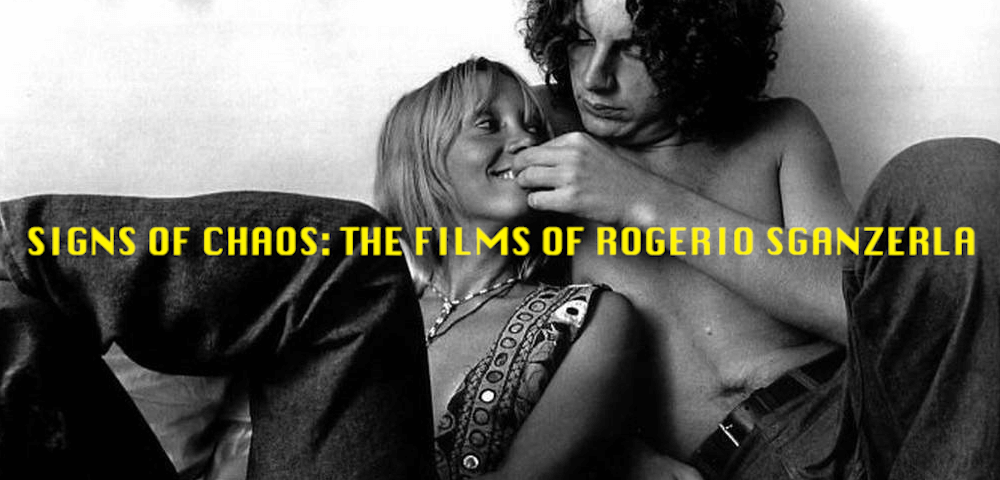
“I will never deliver clear ideas, eloquent speeches, or classically beautiful images when confronted with garbage, I will only reveal, through free sound and funereal rhythm, our own condition as ill-behaved, colonized people. Within the garbage can, one must be radical.” — Rogério Sganzerla
“Make films to occupy run down, low class theaters and be subsequently forgotten” — Rogério Sganzerla
Spectacle Theater is proud to present a near-complete retrospective of the films of Rogério Sganzerla, an independent master who challenged the institutionalized filmmaking of Brazil in the late Sixties to create a transgressive, intertextual, cinema of instability. Sganzerla’s films which were a product of the Cinema Marginal movement (which also featured filmmakers like Ozualdo Candelas, Julio Bressane, & João Callegaro) are bold, dense, radical experiments that opposed the dogmatic aesthetics of Glauber Rocha’s Cinema Novo and shifted towards a new kind of cinematic liberation, one that was rich in atonality, dialectical reflection, and fragmented deconstruction.
Described as “a kind of cinematic writing in quotations”, Sganzerla’s films employ a reflexive depth and creative intuition that is likely unparalleled. Though miscast as “The Brazilian Godard” (La Monde, 2004), Sganzerla’s sense of cinema is uniquely his own. In reference to his dialectical approach to overcome modern cinema he explains he “had to film Godard in order to get rid of Godard.” In 2010, after a retrospective of his work was held at the BAFICI, Quintin – esteemed film critic and former head of the festival – referred to Sganzerla’s work as “much more important than Godard.” Canon aside, Sganzerla’s films perhaps have more to do with the theatricality of space and Artaud’s theatre of cruelty than with anything else in the history of cinema.
Part One of this two-part retrospective begins with 1968’s O BANDIDO DA LUZ VERMELHA (THE RED LIGHT BANDIT), made by Sganzerla at the age of 22 (three years younger than Orson Welles was when he made CITIZEN KANE), and which was manifested as an assemblage of genres ranging from the American B-picture to the surrealistic and parodical experiments of post-world War II. It had a profound impact on Brazilian filmmaking and became the quintessential film of the Cinema Marginal movement (alternatively labeled as the Cinema of Invention or the Cinema Udigrúdi – Rocha’s term, used almost mockingly, to bastardize the English word “underground”), which applauded films made with low-budgets and technical imperfections. Shooting on location in the Boca do Lixo (translated literally as “Mouth of the Garbage”, in downtown São Paulo), Sganzerla exposed reality for all of its cruelties with his expansive discursive collage that was self-described as “a Western of the third world.”
Sganzerla followed up his well-received debut with 1969’s A MULHER DE TODOS (THE WOMAN OF EVERYONE), which will be featured in Part Two of the retrospective and stars Helena Ignez, his partner and muse, who plays, in the director’s own words, “the number one enemy of men.” It is an absurdist first-rate comedy that “undoubtedly reveals, without false modesty, the greatest work of a Brazilian cinema actress.”
Then in 1970, when censorship was high and the military dictatorship was getting stronger in Brazil, Sganzerla united with Julio Bressane to form Belair films in Rio. It was there that they made seven films in the span of three months. Acting as anti-cultural activists they produced three of Sganzerla’s most daring films (one of them forever lost to history, CARNAVAL NA LAMA) further blurring the line between art and reality, exploiting a caustic humor that literally explodes on the screen, breaking free from clear psychological or anthropological categorization. COPACABANA MON AMOUR (1970) and SEM ESSA ARANHA (NO WAY, SPIDER, 1970) represent cinema as the “art of the present” with a deeply rooted internal structure and logic that exists on its own defiant terms. These deconstructive masterpieces turned the camera to the Favelas, usually in a series of long takes which stimulate visual contemplation over time while actors dip in and out of frame repeating the same words over and over again until the words become meaningless or inversely create new meanings from language itself. These radical polemical works are chaotic and contradictory and reveal a political horror that is both messy and awe-inspiring in their execution.
After the disbandment of Belair, Sganzerla and Ignez travelled through Europe and North Africa, working in exile and making short experimental works, some of which were completed while others were left abandoned. It was during this time that their daughters Sinai & Djin were born, both of whom would have a profound impact on preserving Sganzerla’s archive. In fact, Sinai Sganzerla’s most recent short EXTRATOS (2019) will be presented in Part Two of the retrospective, featuring images from the short documentary FORA DO BARALHO, shot in the Sahara desert and left unfinished in 1971.
It was also in the Seventies where Sganzerla developed a deep fascination with Jimi Hendrix, who he declared “America’s number one genius”. He began filming Hendrix in 1970 at the Isle of Wight Festival and a few years later in 1977, he would dedicate an entire film to him. O ABISMO (Or ABISMU) served as a return to feature-film making for Sganzerla. It is a film about “the abyss”, or an endless search for the infinite. Fusing archetypes, spaces (both past and present), cryptograms, treasure maps, symbols, phrases, ideograms, experimental imagery, and most spectacularly, Jimi Hendrix, all coalesced into a structuralist mind-fuck that is both mythical and enigmatic.
In part two of the retrospective we will feature NEM TUDO E VERDADE (IT’S NOT ALL TRUE, 1985) – the first of four films made by Sganzerla about Orson Welles’ Pan-American trip to Brazil told through an amalgam of archival images, re-enactments, interviews, faux documentary, pastiche, and film essay. The title is a pun on Orson Welles’ unfinished film IT’S ALL TRUE, filmed during his stint in Brazil in 1941. We will show the complete tetralogy of films which includes a short-length Eisenstienian montage film A LINGUAGEM DE ORSON WELLES (THE LANGUAGE OF ORSON WELLES, 1990), the follow up feature, TUDO E BRASIL (ALL IS BRAZIL, 1998) and Sganzerla’s closing thoughts on the matter – which also marked his final film – SIGNS OF CHAOS (2003). It it is through these fascinating documents that we begin to understand not only Sganzerla’s obsession with Welles and his great experimentalism, but the harsh reality of Brazilian politics and the forces of suppression.
Lastly we will feature the short and medium-length works of Rogério Sganzerla which possess relentless experimental energy, innovative image-play, and spectacular uses of montage. These films are just as important as the features. We will be playing his debut short, DOCUMENTARIO (1966) which follows two teens who are looking to see a movie, HQ (1969), a unique collaboration with Brazilian journalist Álvaro de Moya on the history of comics, ISTO é NOEL ROSA (1980), an imaginative medium-length film devoted to the tragic samba musician Noel Rosa, PERIGO NEGRO (1992) produced with a script by Brazilian polemicist Oswald De Adrade, and a special tribute film entitled BRASIL (1981) which has João Gilberto, Caetano Veloso, Gil Gilberto, & Maria Bethania making the aforementioned record in a recording studio.
Rogério Sganzerla’s cinema is one that demands to be seen in order to be experienced.
“Those with shoes will not survive!”
Long live Brazil and long live Rogério Sganzerla’s cinema of instability.
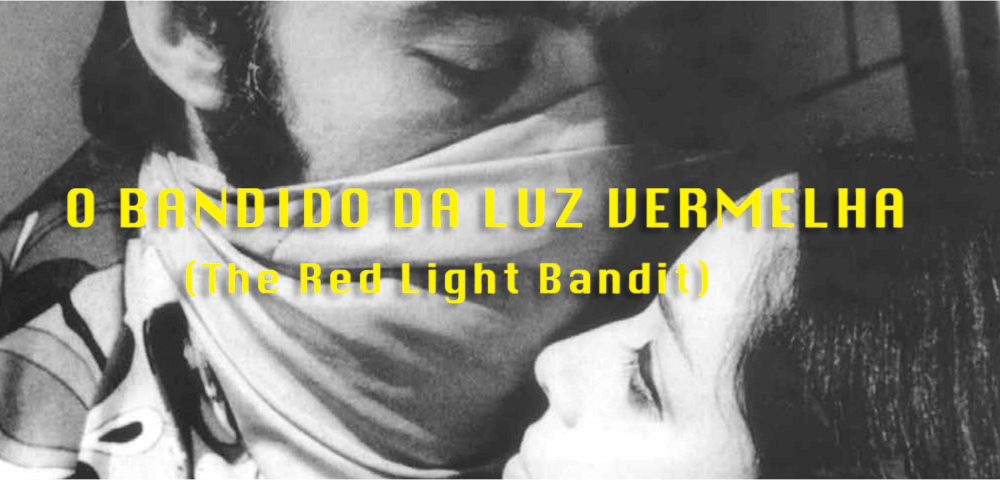
THE RED LIGHT BANDIT
(O BANDIDO DE LUZ VERMELHA)
dir. Rogerio Sganzerla, 1968
92 mins. Brazil.
In Brazilian Portuguese with English subtitles.
FRIDAY, NOVEMBER 1 – 7:30 PM
THURSDAY, NOVEMBER 14 – 10 PM with introduction from film critic Pablo Gonçalo!
SUNDAY, NOVEMBER 17 – 7:30 PM
“Who are we?”
THE RED LIGHT BANDIT stars Paulo Villaça as the crude and existential bandit on the loose in downtown Sao Paolo’s, Boca do Lixo. Sganzerla refers to the bandit as a repressive “political character… an impotent rebel”; who speaks in revolutionary rhetoric and torments society into mass delirium. This is a revolutionary film and by some accounts, one of the greatest Brazilian films ever made.
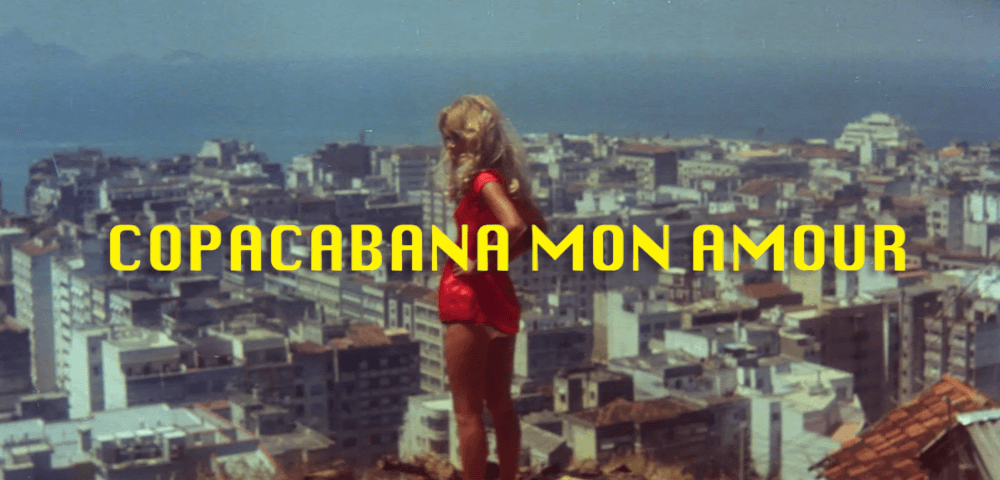
COPACABANA MON AMOUR
dir. Rogerio Sganzerla, 1970
85 mins. Brazil.
In Brazilian Portuguese with English subtitles.
SATURDAY, NOVEMBER 2 – 7:30 PM
WEDNESDAY, NOVEMBER 6 – 7:30 PM
THURSDAY, NOVEMBER 21 – 10 PM
“First kill your ego then come with me.” – Rogério Sganzerla
“Hunger, Thirst, Dance.”
COPACABANA MON AMOUR follows Sonia Silk, a sex worker troubled by visions and spirits, who walks around Copacabana dreaming of being a big-time radio singer. The first Brazilian film shot in Cinemascope (or “Stranglescope”, as the film puts it), COPACABANA MON AMOUR points its lens (as if shooting the south of France in the summertime) towards the favelas of Rio where reality crumbles right before your eyes.
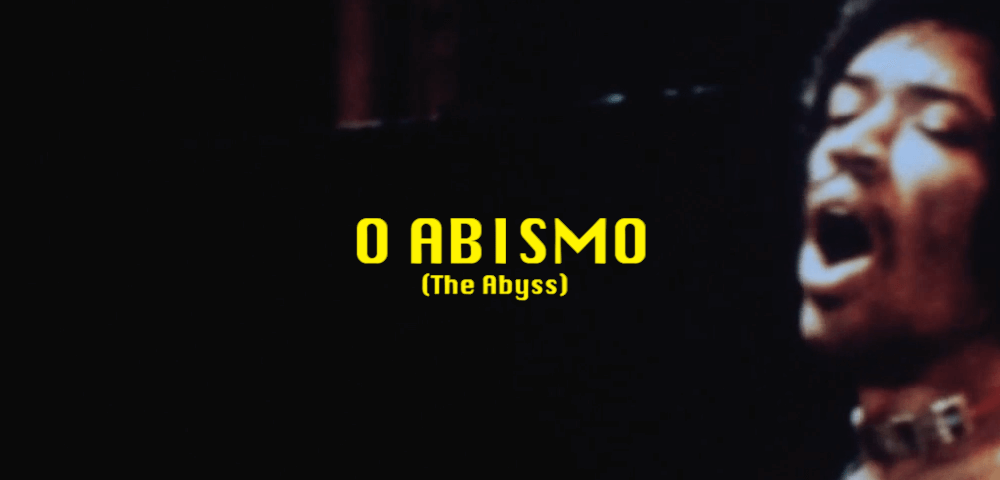
O ABISMO
(THE ABYSS)
dir. Rogério Sganzerla, 1977
80 mins, Brazil
In Portuguese with English subtitles.
SATURDAY, NOVEMBER 2 – 3:30 PM
THURSDAY, NOVEMBER 7 – 7:30 PM
TUESDAY, NOVEMBER 12 – 10 PM
WEDNESDAY, NOVEMBER 27 – 7:30 PM
“Jimi Hendrix is a thinker and to him I dedicate all my travelings, panoramic and fixed plans. With him I discovered the need to say everything at once no matter what.” – Rogério Sganzerla
“What I wanted was to destroy my ego…”
O ABISIMO is a sensory mind-trip that forges a dialog between the music of Jimi Hendrix, the land of Fusangs, the power of MU, and the story of an Egyptologist, who is searching for an ancient emblem while being pursued by a woman named Madame Zero (Norma Bengell). The film also features director José Mojica Marins as the professor, Ze Bonitinho as some-sort of deconstructive archetype, Edison Machado (Bossa Nova legend) as a drummer who plays loud and intermittently, & Wilson Gray – who shoots a gun in the middle of nowhere while making references to Edgar Allen Poe. O ABISIMU is possibly Sganzerla’s freest film.
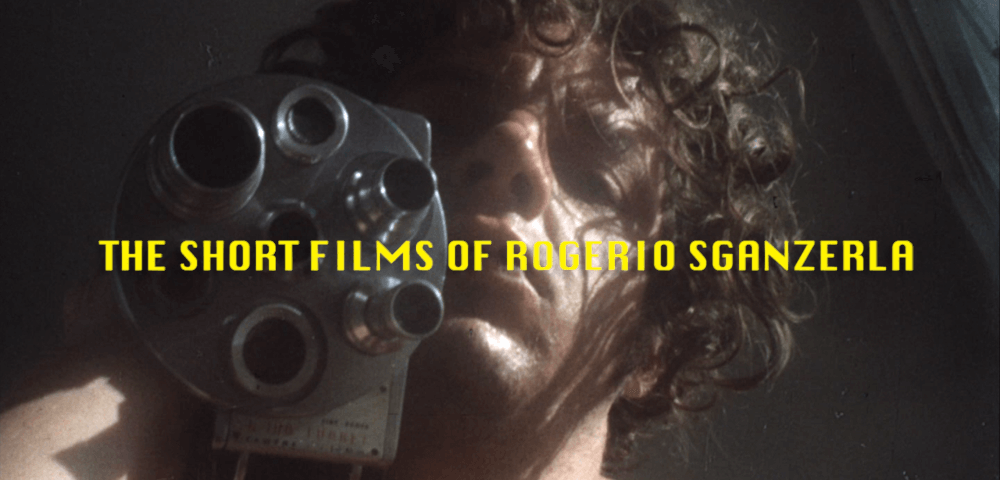
THE SHORT FILMS OF ROGERIO SGANZERLA: PROGRAM ONE
dir. Rogério Sganzerla, 1966-1992
110 mins. Brazil.
In Brazilian Portuguese with English subtitles.
SATURDAY, NOVEMBER 2 – 10 PM
MONDAY, NOVEMBER 11 – 10 PM
WEDNESDAY, NOVEMBER 20 – 10 PM
SATURDAY, NOVEMBER 30 – 10 PM
DOCUMENTARIO
1966. 10 mins.
Featuring cinematography by Andrea Tonacci, Sganzerla’s debut short-film follows two teens walking around, killing time, and talking about movies.
HQ
1969. 10 mins.
A unique collaboration with Álvaro de Moya (who is considered to be the foremost Brazilian expert on comic books) on the history of the comic.
BRASIL
1981. 13 mins.
João Gilberto receives Caetano Veloso, Gilberto Gil and Maria Bethania during the recording of his legendary album Brasil.
ISTO E NOEL ROSA
1990. 47 mins.
A fascinating collage filled with animation, reenactment, montage, and samba dedicated to the tragic Brazilian musician, Noel Rosa.
PERIGO NEGRO
1992. 29 mins.
A bitter comedy based off the only screenplay left by the great Oswald de Andrade which follows the career of a rising soccer player in Rio.
